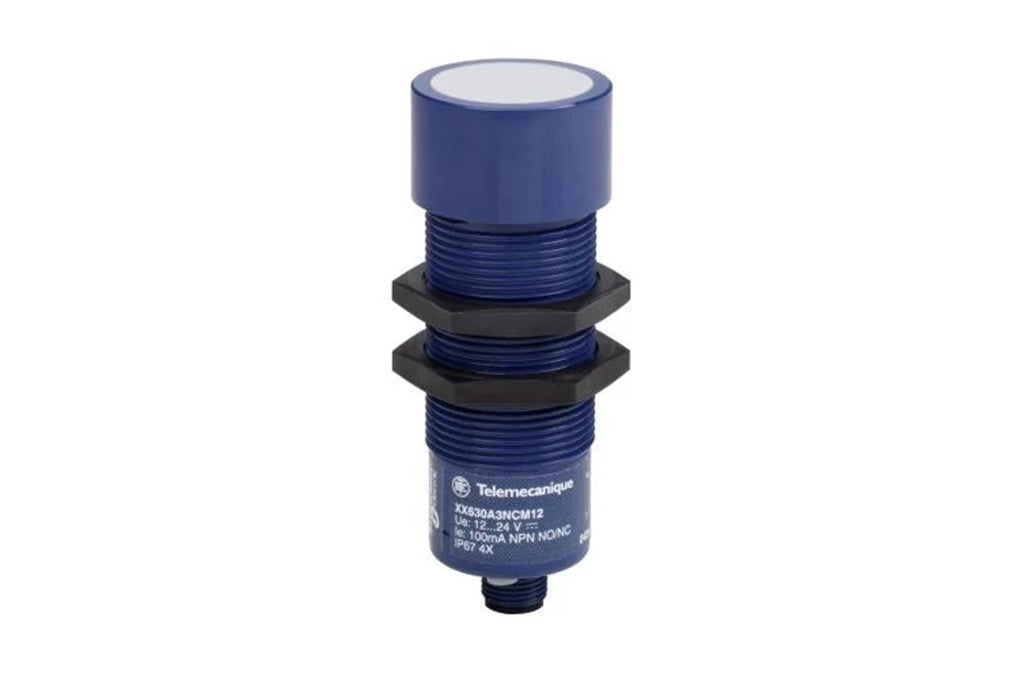Ultrasonic Sensors and Their Uses
Scientific and technological developments are bringing in innovations which seemed impossible even a few years back. We have seen upgrades in products, making them better and more user-friendly. One solid example in this context is an ultrasonic detector. These sensors were always there in the market, but there has been a huge increase in their demands recently. There are various factors attributing to the rising demand for ultrasonic sensors, such as their flexibilities, capabilities, and, most importantly, low cost. You can see extensive use of ultrasonic sensor cylindrical in drones, autonomous vehicles, and robots.
In this article, we will discuss in detail ultrasonic sensors, their uses, their strengths, weakness, etc. Continue reading the article to know more.
What is an ultrasonic sensor?
An ultrasonic sensor is defined as an electronic device that emits ultrasonic sound waves to measure the distance of a target object. This is followed by an immediate conversion of the reflected sound into an electrical signal. Bats use this same concept of echolocation to find their prey.
The frequency of ultrasonic sensors is generally between 23 kHz and 40 kHz. The audible range of human hearing is 20 kHz. Thus, the frequency of the sensors is quite high, hence the name ultrasonic.
At room temperature, the speed of sound in air is 343 meters per second. You can easily convert this time to distance. You have to remember that the ultrasonic frequency travels both ways from the object which is being sensed. Hence the formula goes:
Distance (in meters) = (time elapsed [in seconds] x 343 [meters/second]) / 2
You can change the units in this equation as you need. However, from this equation, it is clear that the sensor works in a straightforward manner.
Also Read: WHAT IS A SENSOR, HOW DOES IT WORK, AND WHAT ARE THE VARIOUS TYPES OF SENSORS?
Strengths and weaknesses of ultrasonic sensors
We all know that technological innovations come with their share of strengths and weaknesses. Ultrasonic sensors are no different. Experts opine that these sensors work best in specific applications or in particular situations.
Here are some of the strengths of an ultrasonic sensor:
- The maximum and minimum range of this sensor is quite flexible. The sensors can detect sound as close as a few centimetres and as far as five meters. There are some models with special configurations with which you can measure distances up to 20 meters.
- The colour of the object which is being detected does not affect the functioning of ultrasonic sensors. Transparent and translucent objects like glass or water also have no impact on such sensors.
- With an ultrasonic sensor, you can expect extremely precise measurements with almost zero error.
- These sensors are inexpensive as the materials which go into the making of these devices are not very expensive.
- With ultrasonic sensors, you can make umpteen measurements per second since the refresh rate is pretty high.
- The ultrasonic sensor has been used by multiple industries for a long time. The technology of sensors is well understood and reliable too. Whenever you use these sensors, you will get consistent results.
There are also many limitations of ultrasonic sensors. If you are planning to buy one, consider these points in advance:
- External factors like humidity and temperature impact the speed of sound. As a result, you might get errors with the precision of the measurements.
- An ultrasonic sensor completely depends on sound, which is actually dependent on some kind of medium. Therefore, these sensors don’t work in a vacuum.
- The form of these sensors is quite small, and you can integrate them into industrial applications or cars, etc. But there are many smaller and embedded projects. For such projects, the size of the sensors becomes a problem.
- Ultrasonic sensors show erratic results or become non-functional when they are wet, frozen, or get dirty.
Where are ultrasonic sensors used?
You can see the applications of ultrasonic sensors in various industries. An ultrasonic sensor is installed for sensing and controlling various kinds of problems in a wide range of industries.
The following are some of the areas where you can commonly see the use of ultrasonic sensors:
- Liquid level sensing in water tanks or in the chemical industry
- In production lines
- For trash level monitoring
- For anti-collision detection
- Vehicle detection for a parking garage as well as in automotive assembly
- On drink filling machines for the bottle counting process
- Box sorting with the use of a multi-transducer system
- People detection
Schneider Electric eShop for the best quality ultrasonic sensors
With technology ruling us, we will see more use of ultrasonic sensors in consumer and industrial applications. When a product needs distance measurement or presence detection, an ultrasonic sensor is a great choice since it not only has a robust build but is also simple to use and, most importantly, is low-cost. You can also change the software and hardware configurations of these sensors to enhance their versatility in a highly demanding situation.
If you are looking to buy an ultrasonic detector or any electronic sensors, visit the Schneider Electric eShop for the best quality ultrasonic sensors at extremely competitive prices. The eShop is a one-stop destination for all your electrical requirements.


Comments